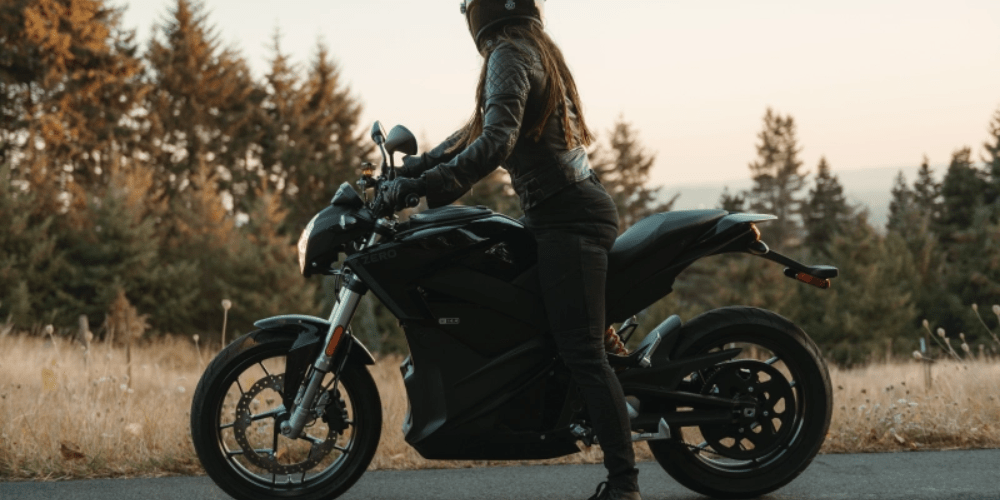An electric motorcycle is a type of motorcycle that is powered by an electric motor, rather than an internal combustion engine that runs on gasoline. Electric motorcycles have gained popularity in recent years as people become more aware of the environmental impact of gasoline-powered vehicles and seek cleaner, more sustainable transportation options.
Now you can also learn about electric motorcycle parts.
Electric motorcycles are powered by a rechargeable battery pack, which stores electrical energy that is used to power the electric motor. They do not emit any pollutants or greenhouse gases, making them an environmentally-friendly alternative to traditional motorcycles. Additionally, electric motorcycles are often quieter and smoother than their gas-powered counterparts, making for a more enjoyable ride.
There are various types of electric motorcycles, ranging from small, lightweight commuter bikes to larger, more powerful sports bikes. Some electric motorcycles can travel up to several hundred kilometers on a single charge, while others have a shorter range and are better suited for shorter commutes.
How are electric motorcycle parts different from a regular motorcycle?
Electric motorcycle parts are different from regular motorcycle parts in several ways:
Power Source:
Electric motorcycles are powered by an electric motor that runs on electricity stored in a battery pack, whereas regular motorcycles are powered by an internal combustion engine that runs on gasoline.
Transmission:
Electric motorcycles typically use a single-speed transmission, while regular motorcycles usually have a multi-speed gearbox with a clutch.
Exhaust System:
Electric motorcycles do not have an exhaust system, as they do not produce any emissions. Regular motorcycles have an exhaust system to expel the byproducts of combustion.
Cooling System:
Electric motorcycles do not require a cooling system, as the electric motor generates less heat compared to a combustion engine. Regular motorcycles have a cooling system to keep the engine from overheating.
Maintenance:
Electric motorcycles require less maintenance than regular motorcycles, as they have fewer moving parts and do not require oil changes, tune-ups, or other regular maintenance tasks associated with combustion engines.
Are electric motorcycle chargers efficient enough to power the motorcycles?
The efficiency of electric motorcycle chargers can vary depending on several factors such as the charger type, the charging rate, and the battery chemistry. Generally, the efficiency of electric motorcycle chargers can range from around 80% to over 90%.
Level 1 chargers:
These are typically used with household outlets, tend to have lower efficiency, typically around 80%. This is because they have a lower charging rate and may not be optimized for charging electric motorcycle batteries.
Level 2 chargers:
Which are typically installed at charging stations, have a higher charging rate and are more efficient than Level 1 chargers. Their efficiency can range from around 85% to over 90%.
Fast chargers:
Also known as DC fast chargers, can charge electric motorcycle batteries very quickly, but their efficiency can be lower than Level 2 chargers, typically around 80% to 85%.
Lastly, it’s important to note that the efficiency of an electric motorcycle charger can also be affected by external factors such as temperature, the age and condition of the battery, and the charging protocol used. It’s recommended to use a charger that is compatible with the motorcycle’s battery and to follow the manufacturer’s charging recommendations to maximize the efficiency of an electric motorcycle charger.

